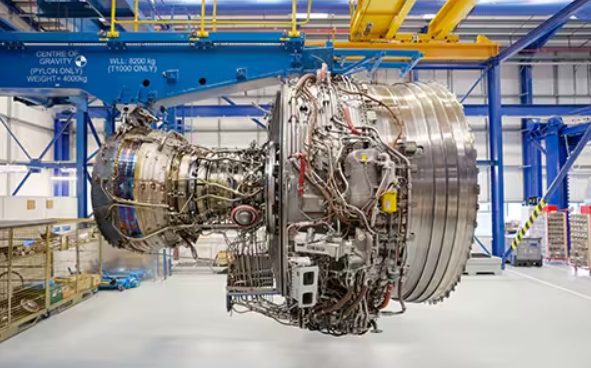Lease agreements governing aircraft engines place significant emphasis on the remaining life of critical components – this is to address the cost exposure for the lessor of such items and ensure serviceability and asset value for the engine along.
There will be several significant areas of inspection and return conditions to be aware of, noting that much of the areas are internal and as such require shop visits and come with high cost and time impacts.
Borescope Inspections look at the internal condition of the engine and blades, the condition assessment offer a detailed view of the turbine engine’s internal health, revealing wear, damage, or potential issues – within the hot section is typically highest wear.
Lease considerations will require a recent borescope report demonstrating acceptable component condition is often a lease prerequisite – reduced inspection intervals due to findings are often not accepted.
Life-Limited Parts (LLPs) such as turbine blades or disks, have strict replacement cycles based on hours or cycles in operation – no matter what condition they are in, at the end of their life they are considered scrap and can not be used further.
Lease Impact: Remaining life on LLPs is a major cost factor and lessors specify minimum remaining cycles to scrap in the lease agreement. The LLP that is nearest to its limit is commonly termed the “limiter” as this is the item that will require a shop visit first.
While specific figures vary wildly depending on engine type and contract for illustration you might see conditions in a lease reflecting terms such as minimum 2000 Cycles remaining in life for LLP items (a cycle is a take off and landing).
Understanding the remaining life of LLP engine components and condition reports for the engine is essential for both lessors and lessees. It protects lessors from inheriting imminent maintenance costs, while lessees can accurately project operational expenses. Thorough pre-lease inspections and careful negotiation ensure fair and transparent agreements for all parties involved in aircraft turbine engine leases.
There are other considerations such as engine “trends” where factors such as oil consumption and exhaust temperature are considered and can also impact the work required to return an engine.
Follow us on LinkedIn to learn more and why not check out our course on Engines and Landing Gear where we look in detail at reviewing the LLP parts and their history
